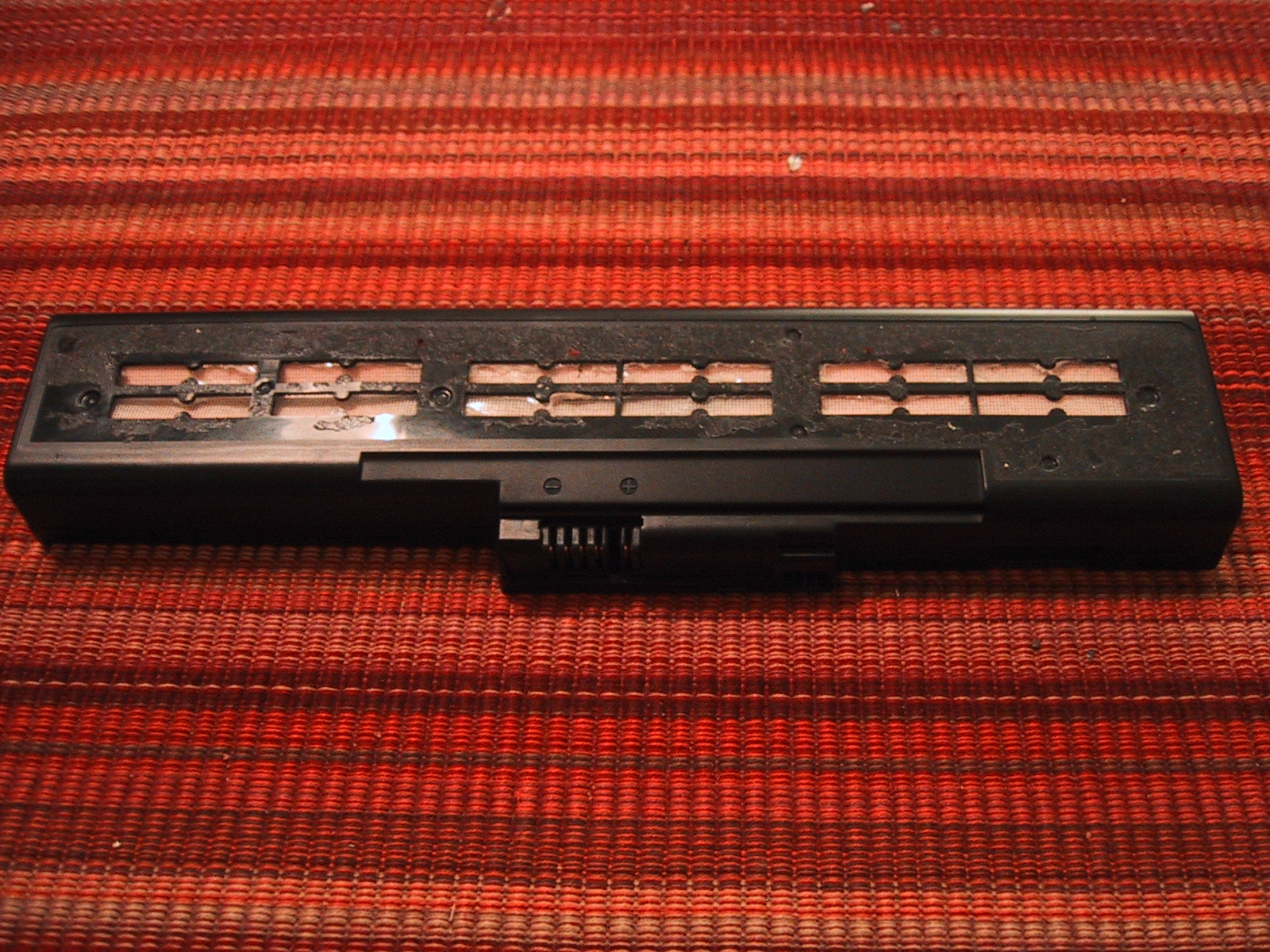Back in January the power adapter failed for my Silicon Dust HD HomeRun (a network HTDV tuning device).
They replaced my power supply and claimed that they were seeing only a 1% failure rate. As late as March 28th they were sticking to the "less than a percent" figure. Eventually on June 3rd they posted an offer to replace all SW20-S050-15 power adapters. Unfortunately for me, they did not send an email to all customers, so I did not find out about this until my power adapter failed (today) and I went to submit a trouble ticket and saw the notice. I guess that "1%" were causing them a lot of problems…
I've been very happy with the HD HomeRun unit itself, but once again, the el-cheapo power adapter is my weakest link and is keeping me from watching TV until the replacement arrives (and since it happend on a Friday, I'm probably without TV until next Wednesday at least).
So, if you have a HD HomeRun with one of the older adapters, head on over to the replacement page and order a replacement before yours dies. (So far the forums haven't listed any fires started by the failing power adapters, just dimples of melted plastic on the side due to the failure, so hopefully they are not dangerous.)
